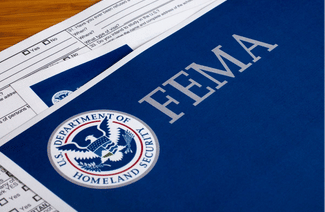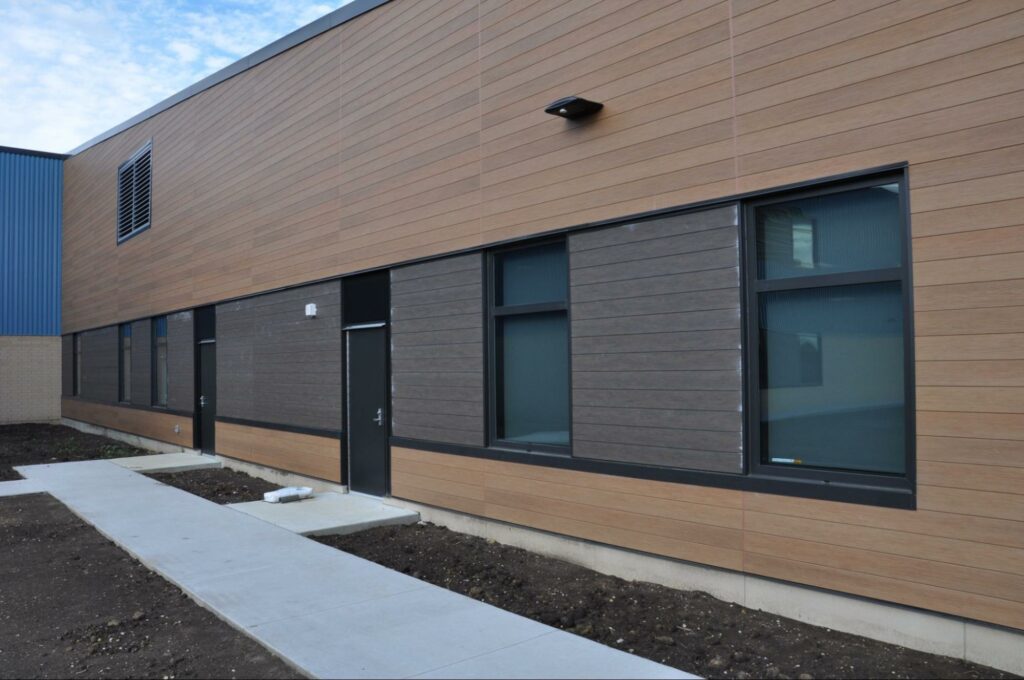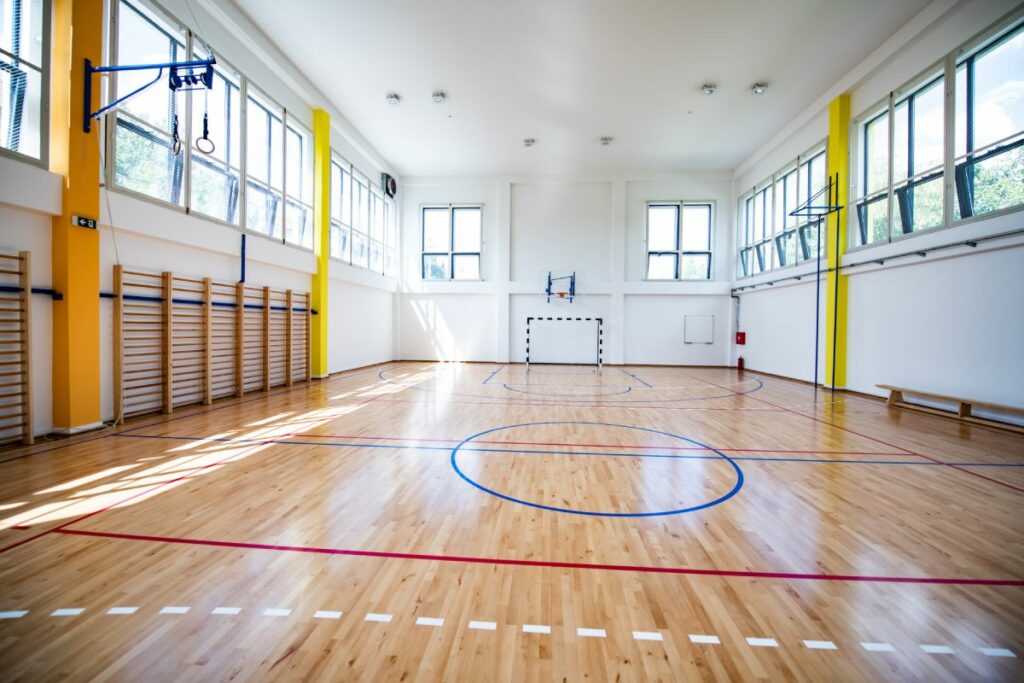
Hurricane and tornado safe rooms can be incredibly beneficial for maintaining public safety during extreme weather events. These structures are even required in certain community centers and public buildings located in areas prone to these major storms.
FEMA 361 is a set of standards and requirements that describe the best practices for construction and material selection when designing and integrating these structures into various facilities. If you’re planning a construction project that requires a community safe room or if you simply want the added protection of one of these structures in your building, here are some things to know about the standards included in this publication.
What Is FEMA 361?
FEMA P-361 is a set of guidances and standards relating to the construction of community safe rooms for hurricanes and tornadoes. The publication was updated in 2021 to present criteria based on the latest research and industry standards. The previous edition was published in 2015.
The publication outlines a huge array of elements required to build a safe room that provides near-absolute protection for occupants and members of the public during extreme weather events. Contents include everything from completing a risk assessment for your building project to the testing standards various materials must meet to qualify for use in FEMA 361 community safe rooms.
What Are FEMA 361 Storm-Proof Windows?
FEMA 361 storm-proof windows are window systems that have been designed and tested to withstand a CAT 5 tornado or hurricane and the winds and flying debris associated with them. FEMA361 and ICC500 call out exactly what must be tested along with how the testing must be conducted.
During testing, not only does the glass need to stop the penetration of debris but there can be no spall to the interior/safe side of the window. Also, the glass must stay in the frame and the frame must remain securely in the opening. This is why this testing is considered a window system test. It’s not just the glass but the entire window system that is being tested to be sure that it will withstand the storm event.
These windows are installed as part of community safe rooms in public buildings like police stations, Emergency Operations Centers, and schools alongside other reinforced materials that are also tested and proven to hold up against extreme weather conditions.
What Are the FEMA 361 Standards?
FEMA 361 outlines a huge array of requirements and testing standards for various materials used in the production of community safe rooms.

When it comes to storm windows specifically, materials must be able to withstand 250 mph winds and multiple impacts from flying debris. The testing requires the window system to provide complete protection when struck with a 15-pound two-by-four traveling at 100 mph.
Testing standards vary depending on the wind zone of the building or what type of threat is most relevant. For example, buildings that are more at risk for tornado threats may mainly undergo static pressure testing and missile impact testing, while those in hurricane zones are also exposed to cycle testing to ensure materials can hold up well over prolonged exposure to extreme elements.
What Are the Benefits of FEMA 361 Windows?
There are two options when it comes to protecting window openings in a tornado or hurricane safe room. Either the window itself is the impact protective system or if standard windows are used, steel doors or roll-down shutters are mounted on the interior of the shelter and closed to cover the window opening in the event of a storm event. As a result, there are a number of benefits of selecting windows that meet FEMA 361 standards as opposed to the shutters.
When storm shutters are utilized they have to be manually closed and locked in the event of a storm. This means that in the few minutes after the tornado warning has been sounded this is one more thing that needs to be accounted for. Moving desks and chairs and bookcases out of the way so the shutters can be closed and secured. And with the shutters, the locking mechanisms are vitally important and have to be constantly maintained to be sure they are in good working order. On the contrary, when FEMA 361 windows are utilized, the window openings are always secure and no maintenance is required. Even if the storm hits in the middle of the night when no one is at the building the storm shelter is secure. If shutters are used, if no one is at the building to close the shutters the storm shelter is left vulnerable and unprotected.
Another advantage to using FEMA361 windows over shutters is the natural light and visibility they provide during the storm. In the case of storm shutters, when they are closed all-natural light is blocked out and there is no way to tell what is going on outside without opening a shutter and exposing the safe room.
Overall, including an area that doubles as a storm safe room can offer peace of mind to community members and inhabitants or employees of the building. But it is important that these spaces are open, bright, and inviting for their everyday use when not being used to shelter from the storm. FEMA 361 windows can help to achieve this.

For example, many schools utilize gymnasiums or cafeterias for the storm shelter due to their size and accessibility and these areas will always require ample natural light. FEMA 361 windows can provide this natural light so building users can still enjoy the space and use it to its full potential during other times of year.
What Options Are There?
FEMA361 and ICC500 require that each configuration of window to be supplied must have a smallest and largest sample tested and certified. For example, a single lite unit must have a smallest and largest size tested. Likewise, if the window unit includes a vertical mullion or intermediate horizontal those window configurations must have a smallest and largest size tested as well. It is important to understand what window configurations have been tested as well as minimum and maximum sizes prior to designing the window openings for a project. Each building designer and community decision-maker must determine the best layout and the practical and stylistic elements that make the most sense for the space being utilized in this way.
Where Do I Find FEMA 361 Windows?
Insulgard is a top provider of FEMA 361 windows and impact-resistant solutions and has tested and certified a number of window configurations with Underwriters Laboratory. From single-lite units to ribbon windows Insulgard has FEMA 361 windows that will meet the design requirements of your project. Our high-quality StormDefend products can be installed in various wall substrates meeting the needs of these essential shelters. Our knowledgeable team can help you connect with the resources and installers to suit your specific project goals. Visit our website to browse FEMA 361 products or connect with a member of our team today.

